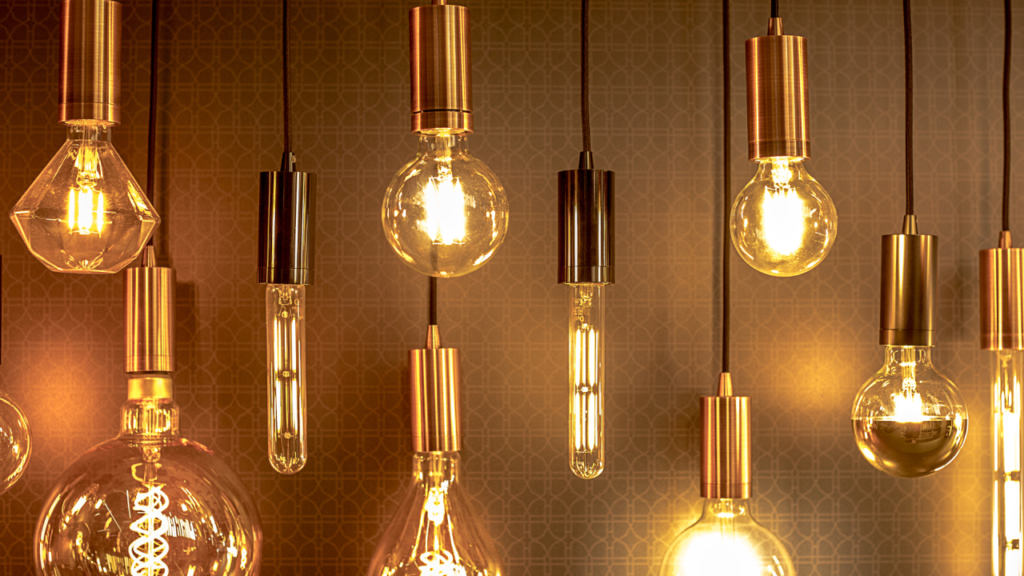Illuminating Spaces: Exploring the Fundamentals of Lighting Design and Installation
by siteadmin

Lighting plays a crucial role in shaping the ambiance, functionality, and aesthetics of indoor and outdoor spaces. Whether illuminating a residential home, commercial building, or outdoor landscape, effective lighting design and installation are essential for creating visually appealing and functional environments. In this blog post, we’ll delve into the fundamentals of lighting design and explore key principles for successful lighting installation to enhance any space.
Understanding Lighting Design Fundamentals:
- Functionality and Purpose:
- The first step in lighting design is identifying the purpose and functionality of the space. Consider how the space will be used, the activities that will take place, and the specific lighting requirements for each area.
- For example, task lighting is essential for areas where specific activities such as reading, cooking, or working will occur, while ambient lighting sets the overall mood and atmosphere of the space.
- Layered Lighting:
- Effective lighting design often incorporates multiple layers of light to create depth, dimension, and visual interest. The three primary layers of lighting are ambient, task, and accent lighting.
- Ambient lighting provides overall illumination and sets the general mood of the space, while task lighting targets specific areas or activities, and accent lighting highlights architectural features or focal points.
- Balance and Contrast:
- Achieving a balance between light and shadow is essential for creating a visually pleasing and harmonious environment. Properly balanced lighting enhances depth perception, highlights textures, and creates visual interest.
- Contrast can also be used strategically to draw attention to specific elements or focal points within a space. By varying light levels and intensities, designers can create dynamic and engaging lighting compositions.
- Color Temperature and CRI:
- Color temperature and Color Rendering Index (CRI) are important factors to consider when selecting light sources for a space. Color temperature refers to the warmth or coolness of light, measured in Kelvin (K).
- CRI measures how accurately a light source renders colors compared to natural sunlight. Higher CRI values indicate better color accuracy and are ideal for spaces where color perception is critical, such as art galleries, retail stores, and kitchens.
Key Principles of Lighting Installation:
- Proper Fixture Placement:
- Strategic placement of lighting fixtures is essential for achieving optimal illumination and minimizing glare and shadows. Consider the size, shape, and layout of the space when positioning fixtures to ensure uniform lighting distribution.
- Wall-mounted sconces, recessed ceiling lights, and pendant fixtures are common options for providing ambient and task lighting, while adjustable track lighting and spotlights can be used for accent lighting.
- Adequate Light Levels:
- Determining the appropriate light levels for a space depends on factors such as the intended use of the area, the size of the room, and the desired ambiance. Utilize lighting calculations and guidelines to ensure adequate illumination levels for safety, comfort, and functionality.
- Dimmer switches and lighting controls offer flexibility in adjusting light levels to suit different activities and preferences, allowing users to create customized lighting environments.
- Energy Efficiency and Sustainability:
- Embracing energy-efficient lighting technologies is not only environmentally responsible but also cost-effective in the long run. LED (Light Emitting Diode) lighting fixtures offer significant energy savings, durability, and longevity compared to traditional incandescent and fluorescent bulbs.
- Incorporating daylighting strategies, such as skylights, solar tubes, and light shelves, can also reduce reliance on artificial lighting and enhance the overall sustainability of a space.
Effective lighting design and installation are essential for creating functional, aesthetically pleasing, and energy-efficient spaces. By understanding the fundamentals of lighting design, including functionality, layered lighting, balance, and color temperature, and applying key principles of lighting installation, such as proper fixture placement, adequate light levels, and energy efficiency, designers and homeowners can transform any space into a well-lit and inviting environment. With careful planning and attention to detail, lighting can truly illuminate and enhance the beauty and functionality of indoor and outdoor spaces alike.
Lighting plays a crucial role in shaping the ambiance, functionality, and aesthetics of indoor and outdoor spaces. Whether illuminating a residential home, commercial building, or outdoor landscape, effective lighting design and installation are essential for creating visually appealing and functional environments. In this blog post, we’ll delve into the fundamentals of lighting design and explore…
Recent Posts
- Harnessing the Sun: The Rise of Solar Energy in Northern Territory, Australia
- Illuminating Choices: Exploring Wired and Wireless Control Options for Lighting Installation
- Illuminating Spaces: Exploring the Fundamentals of Lighting Design and Installation
- The Electric Evolution: Embracing the Future with Electric Vehicles
- Illuminating Excellence: The Vital Role of Electricians in Modern Society
